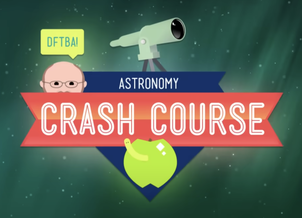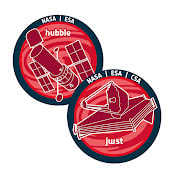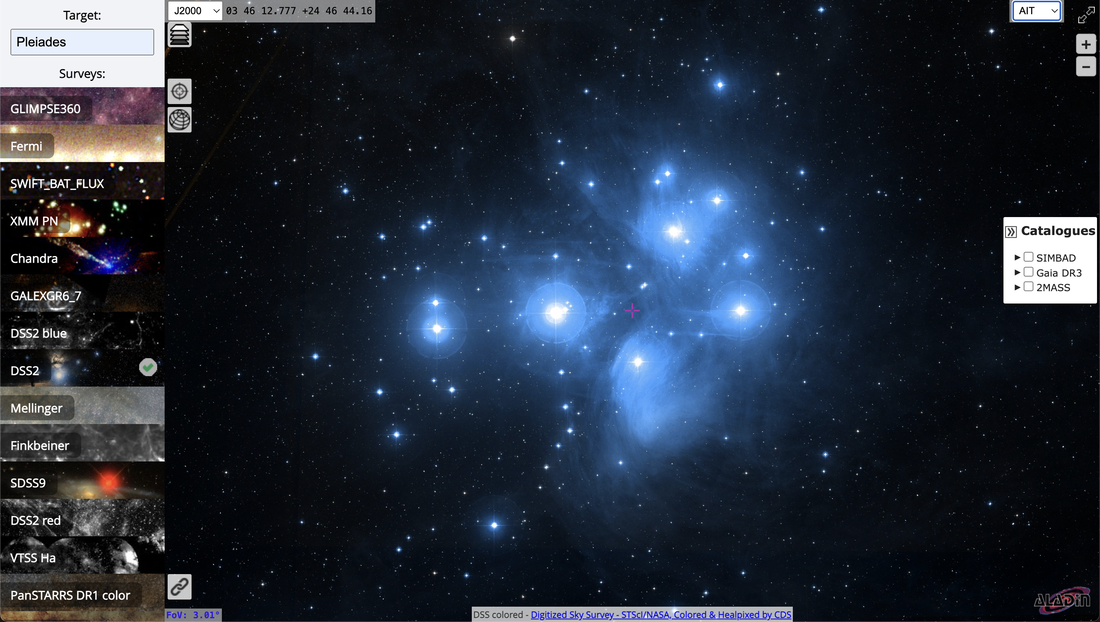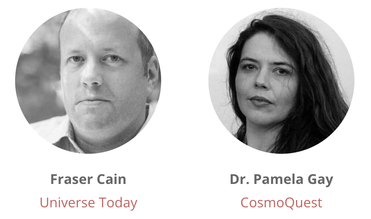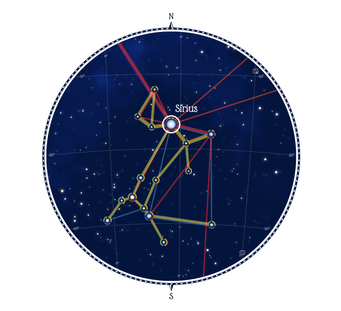|
In the fascinating realm of artificial intelligence, the diversity of technologies ranging from specialized systems like Meta Care AI healthcare diagnostics to general-purpose platforms like ChatGPT represents a dynamic and evolving landscape. In this blog post I will explore the nuanced interplay of specialization versus generalization in AI, the competitive and collaborative ecosystem, the emergence of user-centric AI tools, and the crucial ethical considerations that accompany the adoption of these technologies. Generated with DALL·E. Specialization vs. Generalization in AISpecialized AI systems are engineered with a focus on specific tasks, making them highly effective in particular domains. For instance, Meta Care AI can diagnose medical conditions with remarkable accuracy, a boon for the healthcare industry. Similarly, AI used in finance is adept at analyzing trends and making predictions, helping businesses and investors make informed decisions. On the other hand, General-Purpose AI, such as ChatGPT and Google Gemini, provides a broader range of capabilities. These platforms excel in tasks from text generation to basic reasoning over a wide spectrum of topics, making them versatile tools for both personal and professional use. Their adaptability makes them suitable for a myriad of applications, bridging gaps across different tasks and industries. GPTs offer an incredibly useful advancement in the field of AI, enabling users to easily create customized versions of ChatGPT tailored for specific purposes. Accessible to anyone with a ChatGPT Plus account, creating personalized GPTs requires no coding expertise and can be built for individual use, within a company, or by community groups, such as a Dungeons and Dragons club. Users can decide whether to make their GPTs available to others. Generated with DALL·E. The process starts simply by initiating a conversation. Users can instruct their GPT, assign it a persona to suit their style or needs, enrich it with additional knowledge by uploading documents, and choose its capabilities, which might include web searching, image creation, or data analysis. This process, known as fine-tuning, enhances a GPT's performance in particular tasks or domains, creating a hybrid AI that combines the broad applicability of general-purpose AI with the precision of specialized knowledge. By doing so, users can leverage the extensive foundational knowledge of GPTs while also meeting specific challenges and requirements. This results in AI solutions that are both efficient and effective, tailored to the unique needs of their users and directives. Competition and CollaborationThe AI landscape is not just a battleground for competition but also a fertile ground for collaboration. Innovations by companies like You.com, which integrate AI to enhance search engine functionalities, contribute to a healthy competitive environment that propels technological advancements. Moreover, collaborative efforts can lead to the creation of more robust AI systems. For example, one AI might specialize in collecting and organizing data, while another excels at processing this information, and yet another enhances user interaction, creating a seamless workflow. Generated with DALL·E. User-Centric AI EcosystemsWith a plethora of AI tools available, users are empowered to select or create the ones that best meet their specific needs, whether for specialized tasks or general assistance. This flexibility enhances not only efficiency but also user satisfaction and engagement. Organizations benefit as well, as they can assemble a suite of AI tools, each chosen or built for its unique strengths and compatibility with various operational tasks, thereby optimizing productivity and outcomes. Meta AI, a notable example, is making significant strides by integrating its specialized AI capabilities directly into widely used platforms such as Facebook, Messenger, and Instagram, with plans underway to extend these services to WhatsApp. This strategic deployment not only makes powerful AI tools more accessible, but also illustrates how deeply integrated AI is becoming in our everyday digital experiences. As technologies like Meta AI become a seamless part of our daily online interactions, they underscore the notion that AIs are here to stay, each tailored and optimized for different aspects of our digital lives. Generated with DALL·E. Ethical and Practical ConsiderationsAs the use of AI proliferates, so do the responsibilities of developers and users. Ensuring the ethical use of AI is paramount. AI tools must adhere to strict standards of safety and transparency to protect user privacy and data security. Furthermore, the interoperability among diverse AI systems requires well-defined standards and protocols to ensure they work together effectively without compromising data integrity or functionality. OpenAI exemplifies responsible data management by explicitly asking for user permission before sending data to an external application or AI when using GPTs. This practice not only enhances user trust but also reinforces the commitment to privacy and ethical AI usage, ensuring that users maintain control over their data and understand how it is utilized. Generated with DALL·E. ConclusionAs we navigate the future of AI, the landscape is increasingly characterized by a mix of specialized and general-purpose tools. From the precision of Meta Care AI in healthcare diagnostics to the versatility of ChatGPT and Google Gemini in handling diverse tasks, the AI ecosystem is becoming more interconnected and efficient. However, this growth comes with the responsibility to manage these tools ethically and thoughtfully, ensuring they enhance human capabilities and contribute positively to our lives. Generated with DALL·E. The evolution of AI is an exciting journey that promises to transform industries and everyday experiences. By understanding and leveraging the strengths of both specialized and general-purpose AI, we can foster an environment where technology not only advances but also aligns with our broader societal goals and values. Which AIs have you had the chance to use? Do you have a favourite? Have you tried tailoring your own GPTs?
0 Comments
The cosmos has always fascinated humanity, from ancient astronomers gazing at the stars to modern scientists exploring the universe with cutting-edge technology. For those of us who can't launch into space ourselves, astronomy-related YouTube channels offer a window into the vastness and beauty of the universe. Highlighting the current selection of ‘Recommended Astronomy-Related YouTube Channels’ I’ve curated and featured in the Astronomy section of this site, here's a list that will take you on a journey through the cosmos, each with its unique perspective on space exploration and science. Generated with DALL·E. AstrumAstrum is your go-to channel for diving deep into the mysteries of our Solar System. With a series of videos dedicated to each planet, this channel answers burning questions about the size of the Solar System, the celestial bodies that orbit our Sun, and why space exploration should matter to us. Through stunning visuals from probes and spacecraft, Astrum brings the beauty of space right to your screen. Canadian Space AgencyThe Canadian Space Agency (CSA) channel is a treasure trove of information for those interested in the advancements of space through science. Coordinating all civil, space-related policies and programs, CSA's channel offers insights into how space science and technology are benefiting society and contributing to the knowledge of space. Crash Course AstronomyPhil Plait, also known as The Bad Astronomer, takes viewers on an educational journey through space in this Crash Course Astronomy series. This playlist is perfect for those looking to understand the basics of astronomy in an engaging and accessible format. European Space Agency, ESAThe ESA channel is your European gateway to space. With a mission focused on the peaceful exploration and use of space, the ESA channel offers clips showcasing Earth, the Universe, and significant space events. This channel is a testament to the collaborative spirit of space exploration. Event HorizonHosted by John Michael Godier, Event Horizon is a narrative-driven show focusing on science, astronomy, and space science. With special guests and a variety of topics, this channel explores the latest in space science and technology, making complex subjects accessible to a wider audience. Hubble Space TelescopeManaged by the Space Telescope Science Institute, this channel offers a glimpse into celestial phenomena revealed by the Hubble Space Telescope's advanced technology. From exploring age-old questions about the universe to sharing the beauty of celestial discoveries, the Hubble Space Telescope channel is a gateway to the wonders of the cosmos. HubbleESAFor the latest videos from the ESA/Hubble collaboration, the HubbleESA channel is a must-visit. This channel features stunning visuals and updates from one of the most iconic space telescopes in history, bringing the universe closer to home. Isaac ArthurFocusing on futurism and space exploration, Isaac Arthur's channel explores scientific concepts within the realm of known science and major theories. This channel is perfect for those who love to blend science with a touch of science fiction, offering a thoughtful look at the future of space exploration. KosmoKosmo is an exciting channel for those with an inquisitive mind, eager to learn more about the mysteries of our infinite universe. From the riddles of space to the possibilities of other worlds, Kosmo invites viewers to ponder the vastness of the cosmos. Learn the SkyJanine, the creator of Learn the Sky, shares her passion for astronomy by teaching viewers how to identify constellations, stars, and celestial objects. This channel is a blend of science and mythology, perfect for stargazers of all levels. NASANASA's official YouTube channel offers an inside look into the agency's mission to pioneer the future in space exploration, scientific discovery, and aeronautics research. With a history spanning over six decades, NASA's channel provides unparalleled access to the latest in space exploration and discoveries. PBS Space TimeHosted by astrophysicist Matthew O’Dowd, PBS Space Time explores the outer reaches of space and the complexities of astrophysics. This channel is ideal for those looking to dive deep into the scientific theories and possibilities that stretch beyond our planet. SEAThe SEA channel offers a relaxed approach to exploring all things space-related. From the latest space news to deep dives into unsolved mysteries, this channel provides a laid-back way to satisfy your curiosity about the cosmos. SpacedockFor fans of science fiction, Spacedock is the perfect channel to explore the specifications, history, and lore of fictional spacecraft. This unique blend of reality and fantasy offers a creative look at the possibilities of space travel. SpaceRIPSpaceRIP delivers both long and short videos on astronomy and related topics, providing viewers with a broad range of content to explore the universe and its wonders. V101 ScienceV101 Science combines powerful visuals with mysterious music to explore intriguing science topics. For those wondering about the conditions inside Jupiter or the secrets of the universe, this channel offers visually captivating and informative videos. Each of these channels offers a unique perspective on astronomy and space exploration, making the vastness of the cosmos more accessible and understandable. Whether you're a seasoned astronomer or just starting to explore the night sky, these YouTube channels are sure to spark your curiosity and expand your knowledge of the universe. In the vast expanse of the internet, where information is as limitless as the stars in the night sky, finding great resources can be as challenging as identifying a distant galaxy. Whether you’re an aspiring astronomer or simply captivated by the night sky, the right tools and knowledge can expand your understanding and significantly enhance your next stargazing adventure. Here, I'm highlighting the current selection of ‘Great Astronomy Links’ I’ve curated and featured in the Astronomy section and Links pages of this site. These stellar resources stand out for their value, usability, uniqueness, and the sheer excitement they bring to the astronomical community. Aladin is an interactive sky atlas that is both educational and engaging. By allowing users to visualize and analyze astronomical images and data, Aladin bridges the gap between amateur astronomy enthusiasts and the professional astronomical community. Its intuitive interface makes it accessible to users of all skill levels, inviting a deeper exploration of the night sky.
Astronomy Cast takes listeners on an auditory voyage through the cosmos. Hosted by Fraser Cain and Dr. Pamela L. Gay, their fact-based discussions make complex astronomical concepts accessible, enriching your knowledge and passion for the universe with each episode. Astronomy Tools offers a collection of free tools for the astronomer, including Field of View and other calculators, star charts, sky and atmospheric conditions, and lookup coordinates. These tools enhance the stargazing experience, making it easier to plan observations, track celestial events, and understand the night sky. Valuable companions for night-time expeditions. CosmoQuest is a community of astronomers and astronomy enthusiasts who connect via podcasts, streams, forums, and chats. CosmoQuest aims to foster a community of citizen scientists and encourages people to ask themselves the question: How do you want to explore our Universe?
Lynkeos is a specialized tool for processing astronomical images on Mac OS X. For those who capture the night sky through a telescope and webcam, Lynkeos simplifies the post-processing of images, making it easier to unveil the beauty and detail of celestial objects.
Our Galaxy provides a 3D atlas of the Milky Way, offering a unique perspective on our cosmic neighbourhood. This tool enhances our understanding of the galaxy's structure, helps us visualize the locations and physical properties of deep sky objects, and assists us with comprehending our place within it. Dive into the heart of a vibrant astronomical community with the Royal Astronomical Society of Canada (RASC). Established in 1868, the RASC is a cornerstone for enthusiasts of all levels, offering a constellation of local centres across Canada. These centres are the gathering grounds for regular meetings where members share insights, learn from one another, and fuel their passion for the cosmos. The society is renowned for its star parties, enchanting events that bring the community together under the vast, starlit sky for unforgettable nights of observation and camaraderie. Whether you're just starting your celestial journey or are a seasoned stargazer, the RASC website is your portal to a universe of knowledge, connection, and the shared joy of astronomy.
Sky Maps offers high-quality digital star charts for educators, publishers, and enthusiasts. These maps are indispensable for navigating and appreciating the night sky's splendour. The Evening Sky Map - February 2024 - Skymaps.com SPACE.com is the go-to destination for news in the realm of astronomy and space exploration. This site is a vibrant hub for anyone eager to keep a pulse on new discoveries, skywatching events, and advancements in space technology. Stellarium is free, open-source planetarium software that transforms your computer into a window to the cosmos. With a realistic 3D sky and a wealth of features, it's an exceptional tool for educators, students, and anyone mesmerized by the stars. The Awesome Amateur Astronomer provides a guide for beginners by laying out ten practical steps to get started in astronomy. This resource demystifies the initial challenges of stargazing, providing a clear path for newcomers to the hobby. Generated with DALL·E. Each of these resources, with its unique offerings, weaves together a tapestry of knowledge and exploration that enriches our understanding of the universe. From practical tools to enhance your stargazing experience to rich sources of scientific knowledge and cultural insight, this curated selection of links opens up a universe of possibilities. Whether you're an amateur astronomer, an educator, or simply a curious mind, these links invite you to gaze upwards, dream big, and explore the wonders of the cosmos. They offer a pathway to not just observe, but to understand and participate in a vast astronomical community, encouraging us to connect with the night sky and each other in our shared quest for knowledge.
|
Christopher DesrochersModern Day Renaissance Man Categories
All
Archives
April 2024
|








